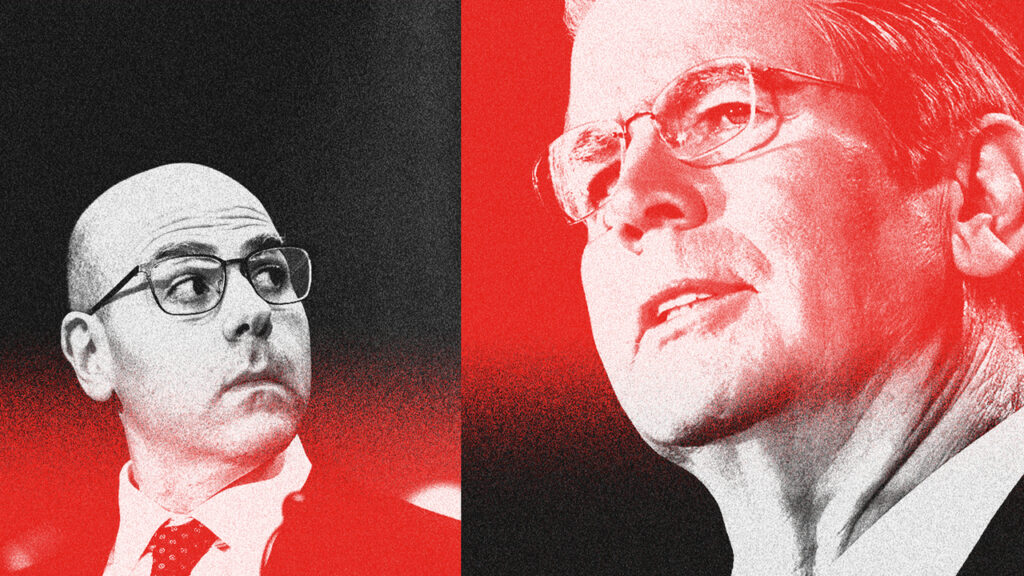In the tumultuous world of political leadership, few things are as capricious as a leader’s policy stance. When a policy turns on a dime, those who are responsible for conveying and justifying these abrupt changes often find themselves in an incredibly challenging position. This predicament not only affects the political operatives and aides but also places a significant burden on the communication teams, who must be ready to articulate the rationale behind the rapid shifts in direction.
Consider the case of a high-profile political figure, perhaps a president or a prime minister, whose decisions can influence the course of an entire nation. When such leaders make swift transitions in policy, the consequences can ripple through society in unforeseen ways. For instance, a sudden change in foreign relations strategy might result in diplomatic jolts that affect everything from trade agreements to international security pacts. The task of justifying these reversals falls heavily on the communication personnel who must navigate the murky waters of public perception and media scrutiny.
Pity, indeed, those who are caught in this whirlwind—floundering in the sea of shifting policies while trying to anchor their message in principles of consistency and rationality. The challenge is not just about explaining why a particular decision was made but also about persuading the public that such changes are reasonable and necessary. Often, this requires intricate balancing acts of rhetoric, where one must highlight the benefits of new policies while downplaying the perceived inconsistencies with previous stances.
This complexity is exacerbated by the media landscape, which is ever-eager to pounce on any signs of hypocrisy or contradiction. Journalists and commentators, armed with social media’s real-time scrutiny, often latch onto discrepancies to enhance their narratives, leaving policy justifiers scrambling to retarget their messages in an effort to maintain credibility. The environment also fosters a culture of accountability, where every word is dissected, and every action analyzed, forcing communicators to be perpetually on their toes.
Moreover, technology has amplified this situation dramatically. In past decades, information traveled more slowly, allowing for some grace periods between policy changes and public reception. Today, however, the instantaneous nature of news cycles means that any misstep can be amplified across platforms, resulting in further complications for those trying to advocate the new stance. The pressure is immense; anything said can be recorded, shared, and criticized within minutes, placing an even greater burden on those who must conduct the delicate task of justifying shifts in policy.
To compound the problem, leaders themselves may not always be clear or consistent about the reasoning behind their changes. Their motivations can be influenced by a plethora of factors, ranging from internal political pressures to shifts in the global landscape. As such, aides and communicators must engage in a constant process of interpretation. This requires a deep understanding of the issues at hand and an ability to synthesize sometimes complicated and vague pronouncements into clear, coherent messages.
For those in charge of public explanation, it becomes imperative to cultivate a narrative that resonates with the public and fosters understanding, if not outright support. They may feel like tightrope walkers, balancing on the thin line between acknowledging the shortcomings of past policies while passionately outlining the perceived benefits of the new approach. Yet, amidst the chaos, there lies an opportunity: those adept at navigating these turbulent waters can emerge as skilled communicators, gaining invaluable experience in political crisis management.
In conclusion, the plight of those tasked with justifying rapid policy shifts is a multifaceted challenge. From an understanding of the intricate political landscape to the nuances of public communication, they must wield their skills with precision and care. It is a daunting task, but one that ultimately shapes the discourse surrounding a leader’s legacy. As policies turn on a dime, these individuals navigate the choppy waters of public perception, striving to maintain order amidst the chaos. For every swift policy change, they remain behind the scenes, working tirelessly to ensure that the narrative aligns with the present while justifying the past.









